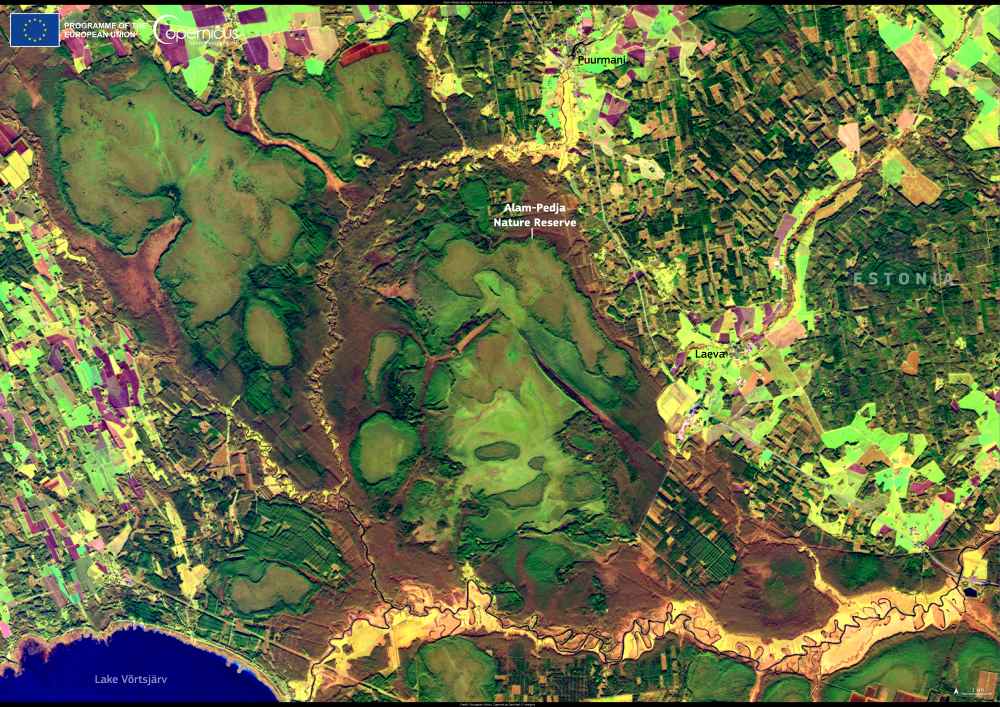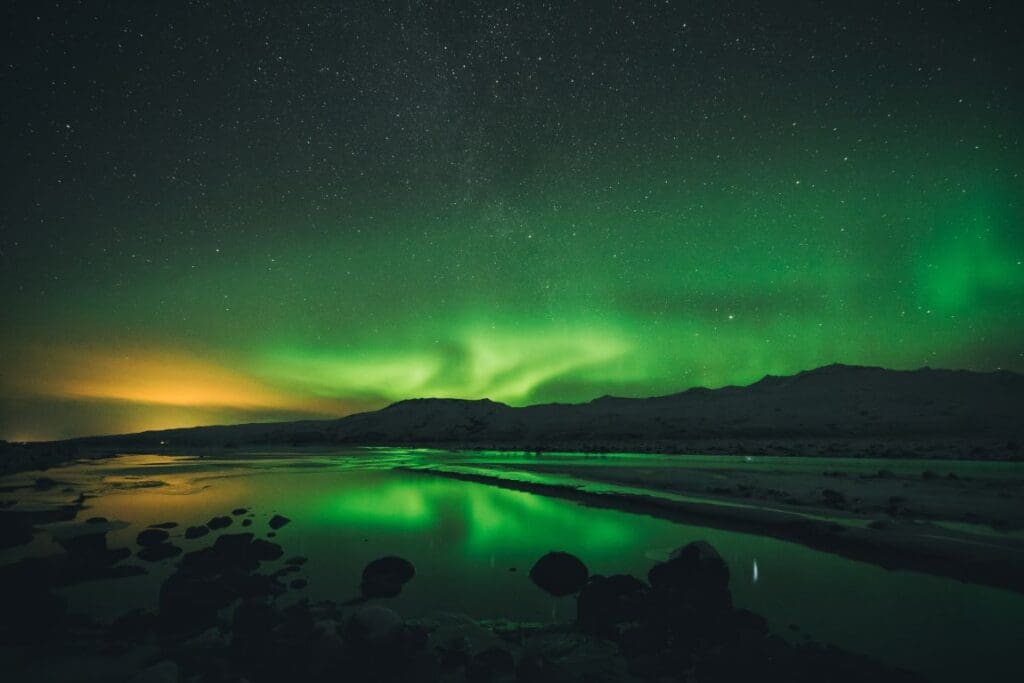Stretching across wetlands, forests, and rivers, the Alam-Pedja Nature Reserve in Estonia is one of the country’s most significant protected areas.
Captured in this Copernicus Sentinel-2 image from 20 December 2024, the reserve is a focal point for conservation efforts aimed at preserving Estonia’s rich biodiversity.
Among these efforts is the WoodmeadowLIFE project, which seeks to restore and sustainably manage the region’s wooded meadows—extraordinary landscapes where scattered trees and open grasslands intertwine, creating habitats for a remarkable variety of species.
Once essential to rural life in Estonia and Latvia, wooded meadows thrived for centuries as farmers relied on them for grazing and haymaking. This long-standing human influence maintained an ideal balance of sunlit clearings and shaded groves, fostering exceptional biodiversity.
More than 70 plant species can grow within a single square meter, making these meadows among the most diverse ecosystems in Europe. However, as traditional farming declined, many of these areas became overgrown, threatening their unique ecological communities.

Recognizing their ecological and cultural importance, the WoodmeadowLIFE project works to restore these landscapes and promote sustainable conservation strategies. Estonia and Latvia together hold about 60% of all wooded meadows in the boreal region, making their preservation crucial for regional biodiversity. The project not only focuses on habitat restoration but also raises awareness of the cultural heritage and ecological value of these landscapes.
Monitoring such delicate ecosystems requires advanced tools, and this is where Copernicus satellite data proves invaluable. By tracking vegetation health, observing biodiversity patterns, and assessing climate change impacts, satellite insights help guide conservation strategies, ensuring that these meadows continue to support diverse plant and animal life.
Alam-Pedja, with its vast floodplains, primeval forests, and extensive wetlands, stands as a living testament to Estonia’s commitment to nature conservation. As efforts continue to restore and protect wooded meadows, these landscapes may once again thrive as havens of biodiversity, bridging the past with a sustainable future.
Featured image credit: European Union, Copernicus Sentinel-2 imagery



